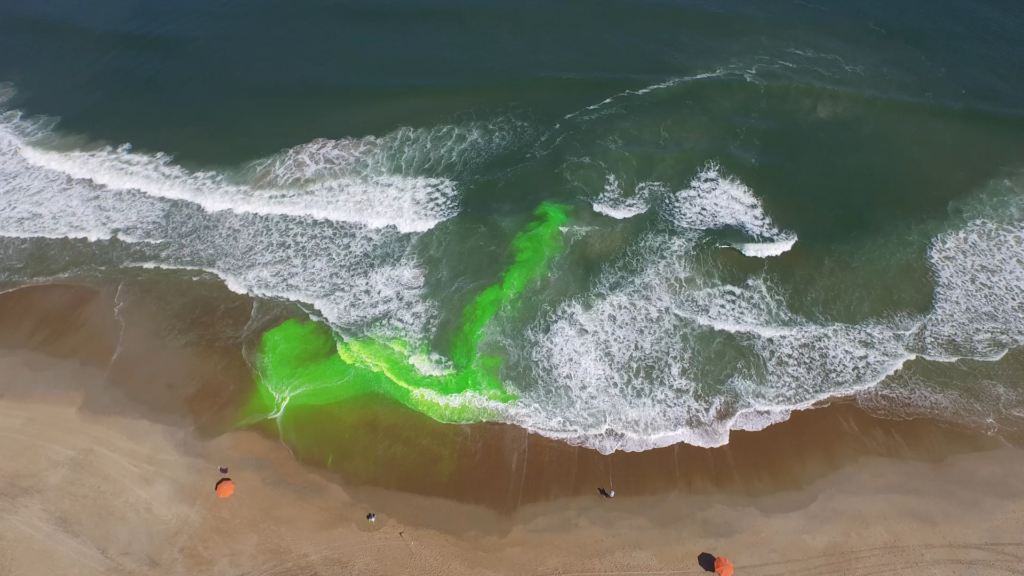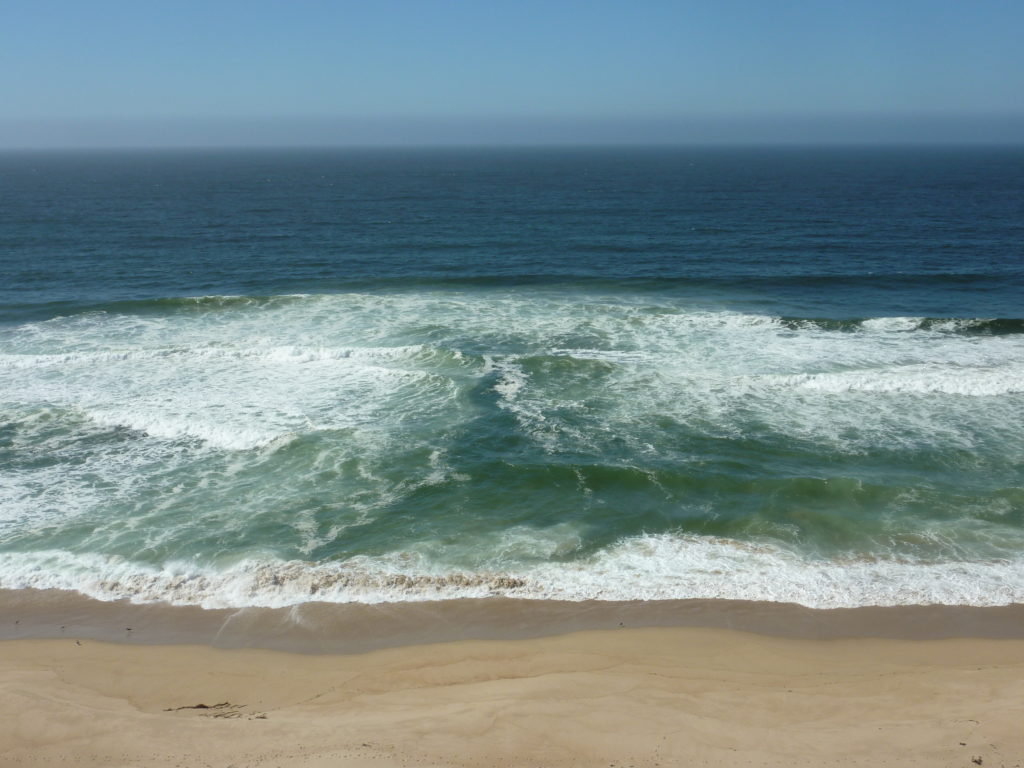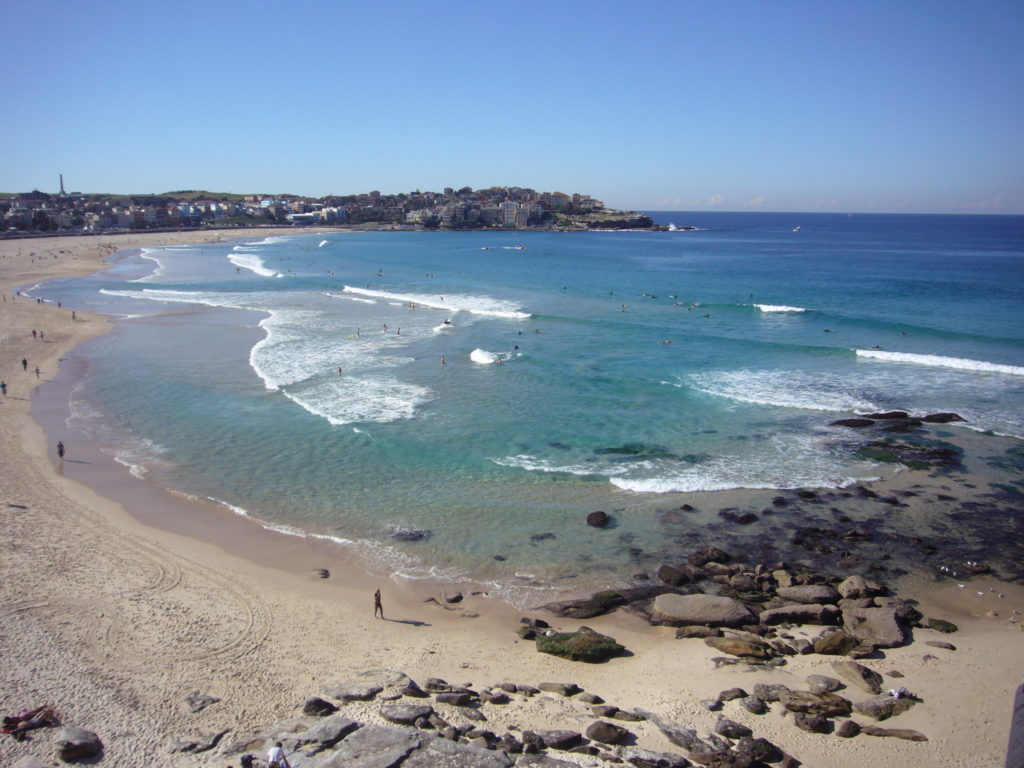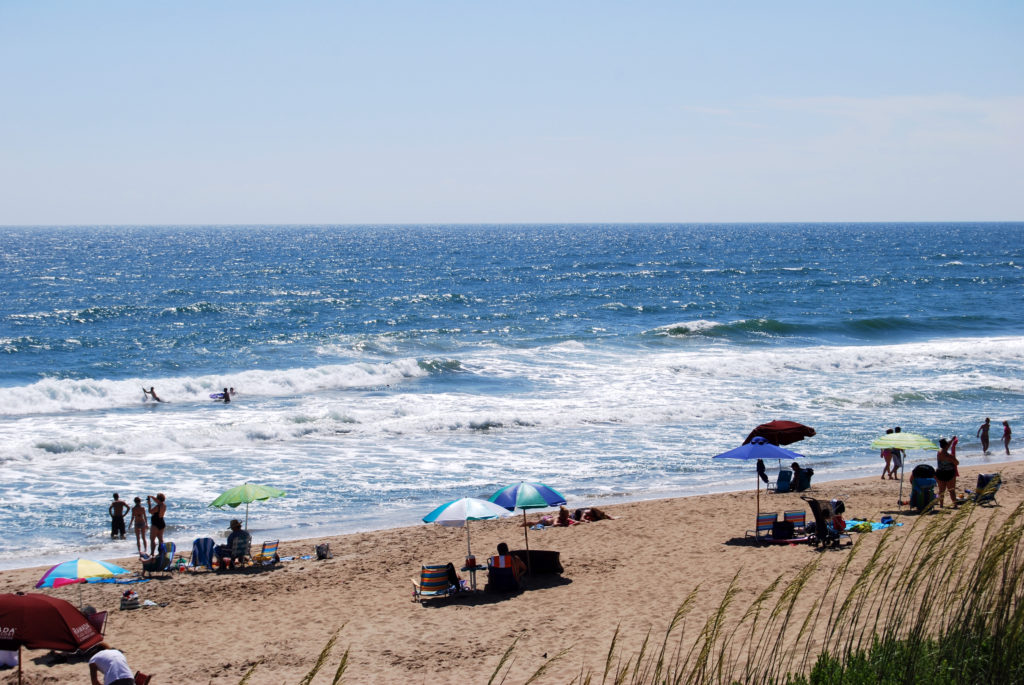The Rip Current Survival Guide
Rob Brander
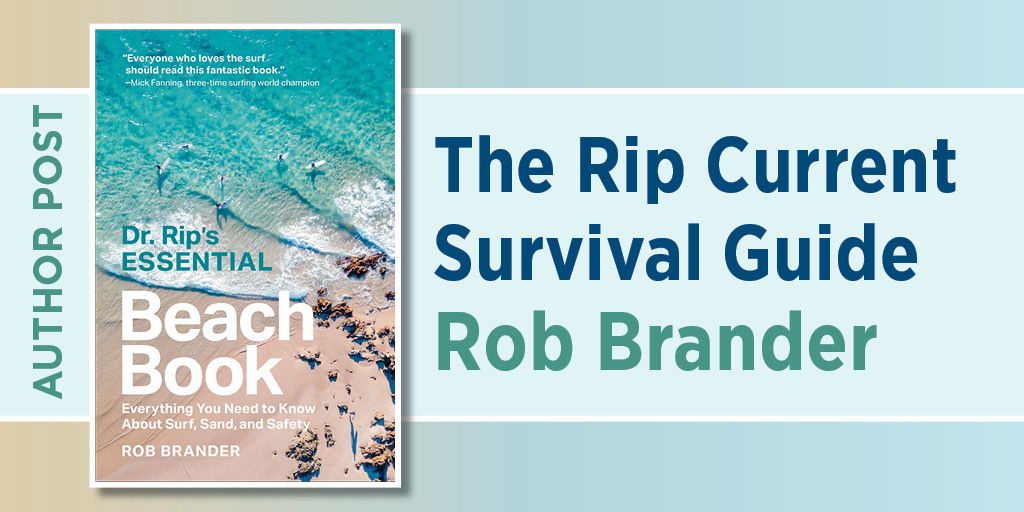
The beach. There’s a lot wrapped up in those two words. To some, beaches are associated with the joys of a yearly vacation, but for others they can evoke a scary memory of being caught in a rip current. In Dr. Rip’s Essential Beach Book, beach scientist Rob Brander brings the splendor of beaches to life and also aims to save lives. Understanding just a little about the science of the surf can go a long way to making your next visit to the beach a safe one. And it all starts with rip currents.
Rip currents, or “rips,” are strong, narrow offshore flows that occur on many beaches and are responsible for hundreds of drownings and tens of thousands of rescues each year around the world. On American beaches, you are 100 times more likely to drown in a rip current than die from a shark bite. Yet most people have a very poor understanding and awareness of this common beach hazard. Here’s a quick rip current survival guide leading into summer.

Rip currents as far as the eye can see along Pensacola Beach. Florida. Taylor Busbee
The What, When, Where, Why, and How of Rip Currents
Not all beaches have rip currents. Some never have them, some only have them occasionally, and others have them almost all the time. They can occur on ocean beaches, large seas, and lakes, but the common ingredient is waves breaking over a wide area. If there are no breaking waves, there won’t be any rips.
Rips fundamentally exist as a mechanism to return water that’s been carried shoreward by breaking waves back offshore. They often form on beaches characterized by different patterns of sandbars, and many rip currents occupy deeper channels between sand bars. These channelized rip currents can stay in the same place for days, weeks, and even months and can be anywhere from five to thirty yards wide and occur at semi-regular intervals along the beach. Boundary rip currents flow alongside structures such as headlands, rocks, groynes, piers, and jetties, and on days when the waves are messy, a few large waves breaking can cause the water level to rise locally, creating short-lived flash rip currents moving quickly offshore.
Regardless of the type of rip current, even on beautiful sunny days with average wave conditions, rip currents flow faster than most people can swim and can sometimes accelerate to speeds faster than Olympic swimmers. Generally they are fastest for several hours on either side of low tide, when more waves break. Our early understanding of rip currents suggested that rips flow straight offshore and extend well beyond the breakers, but more recent research has shown that rip current flow often recirculates within the surf zone. Both types of circulation are common, which has implications for what you should do if you get caught in a rip.
Caught in a Rip: What Should You Do?
First, don’t panic! The rip is not going to pull you under the water or take you across the ocean into shark-infested areas. Rip currents don’t drown people, people drown in rips by panicking. Second, don’t try to swim straight back to the beach as fast as you can—against the rip current flow. You’ll just exhaust yourself, which can lead to panic. The best thing to do is just float, conserve your energy, and signal for help from the lifeguards by waving your arm. Or look for any surfers and call out for help. They have a nice flotation device you can hold on to. “Swim parallel to the beach” is the long-standing traditional advice, but not all rip currents flow straight offshore, not everyone is a good swimmer, and research has shown that getting out by swimming parallel can be a bit of a coin toss depending on which way you swim. It just makes more sense to float and signal for help.
Rip Spotting 101
The best way to avoid getting caught in a rip current is not to get in one in the first place, so it’s worth knowing how to spot a rip current. Unfortunately, as studies have shown, most of us don’t. Fortunately rip currents have several visual clues. Many flow through deeper channels between shallower sand bars; these rips appear as narrow, dark green paths through the whitewater—think white is nice, green is mean. Channelized rips can erode the beach, so look sideways along the water’s edge for large embayments. Rips also carry water offshore, whereas waves bring water onshore, creating a bumpy, rippled surface texture. As rip current flow can be quite fast, also look for turbulent clouds of sand, bubbles, and water heading offshore.
The key is to spend a few minutes looking along the beach for all of these clues. It also helps to look from height (especially with polarized sunglasses), as rips are always harder to spot from the shoreline. For practice, head to www.scienceofthesurf.com and look at the Rip of the Month page—the largest collection of rip current pictures in the world!
Busting Some Rip Current Myths—Thanks for Nothing, Vance!
With all due respect to Vance Joy, his hit song “Riptide” didn’t do the beach safety world any favors. Ever since the term “rip current” first appeared in the scientific literature in the 1930s, people have still erroneously referred to them as “rip tides” or “undertow,” both of which are conceptually misleading terms. The tide is an ocean wave that changes over hours, whereas a rip is a flow of water that constantly fluctuates in speed. Rip currents also don’t pull you under the water, they just take you for a ride. So just when we felt we were making headway educating the public about the correct term, along comes Vance with a song that has nothing to do with the beach. Or rip currents.
February 6, 1938, is known as “Black Sunday” at Australia’s famous Bondi Beach because on that day lifeguards were involved in a mass rescue of 250 bathers, of whom 35 were rescued unconscious and five tragically drowned. The cause was reported to be a collapsing sand bar. The problem with that theory was that sand bars don’t collapse: it’s a physical impossibility. What really happened was that a large group of big waves broke, causing the water level to suddenly rise, which resulted in bathers losing their footing. The subsequent development of a flash rip current would have carried them offshore into deeper water. Many mass rescues today are still attributed to collapsing sand bars. It’s not true: rip currents are the problem.
Don’t Rush In
Lifeguards can’t be everywhere, and each year many people are rescued from rip currents through the brave acts of a bystander—a member of the public, be they family, friend, or stranger, who attempts to rescue someone in distress, often a child. Tragically, it’s not uncommon for the bystander rescuer to drown too. So what would you do if you saw someone in trouble in the water? More important, what should you do? Even if it’s your own child in trouble, it’s vital that you don’t rush in to help them. While the person in trouble may not be panicking, you already are, and if you sprint to the water and swim as fast as you can to help them, you are likely to be exhausted by the time you reach them, if you reach them. It’s a recipe for disaster. Instead, take ten seconds or so to stop and think. Get someone to find a lifeguard or phone for help. Then look for something nearby that floats, like a boogie board, a cooler, or a ball. If you are going to go in to help, you must bring that flotation device with you to give both you and the person you are trying to rescue something to hold on to. Research backs this up—the vast majority of bystander rescuers who drown do not bring a flotation device with them.
Too much information to remember about rip currents? What if I told you that sharks live in rips? It’s not true, but I guarantee you’d be motivated to stay away from rip currents at all costs! Or you can just stick to these simple rules next time you visit the beach:
- Always spend a few minutes thinking about beach safety.
- Always swim near a lifeguard.
- If in doubt, don’t go out.
- Not a good swimmer? Never go past waist depth and keep your feet firmly in the sand.
- In trouble? Don’t be afraid to signal or call for help.


